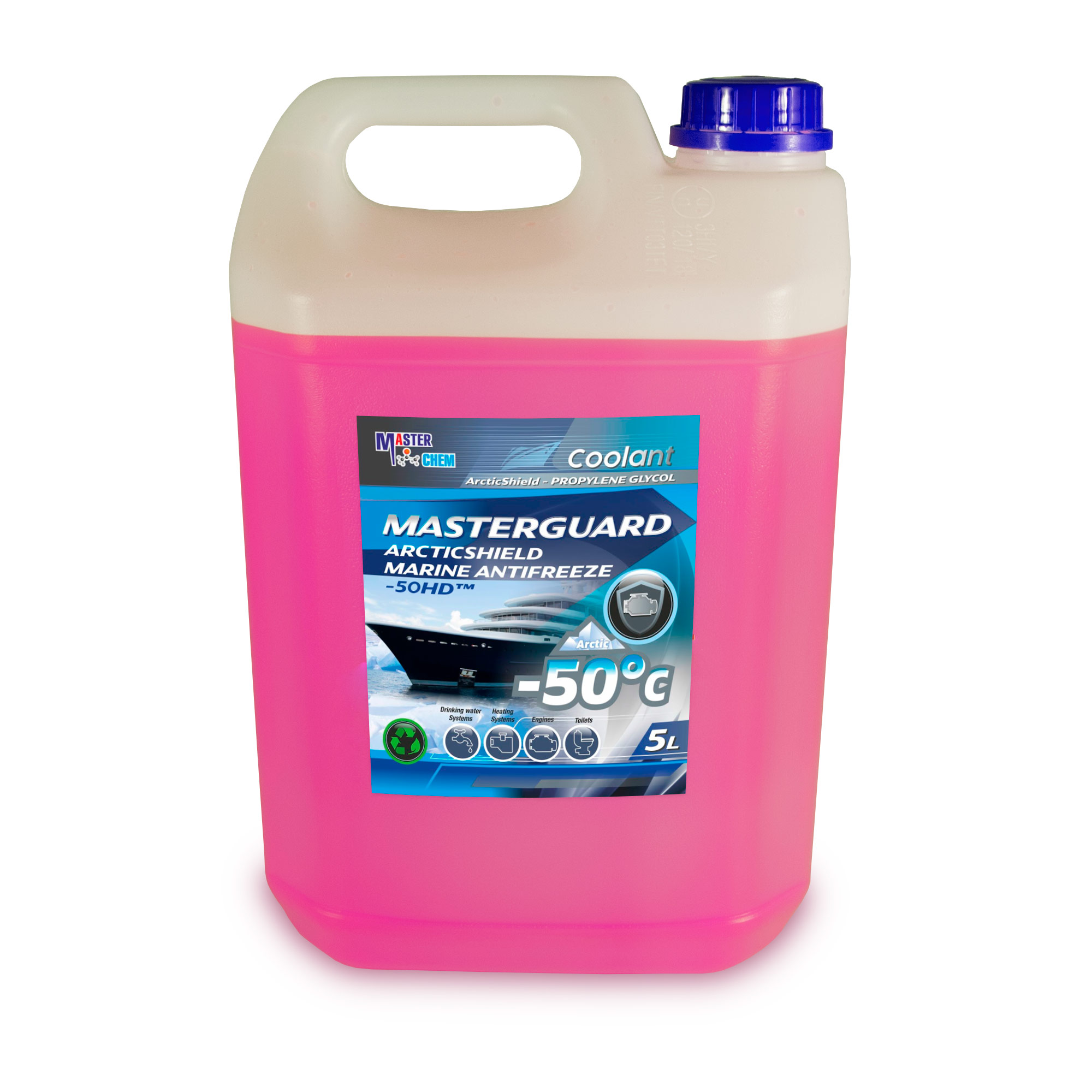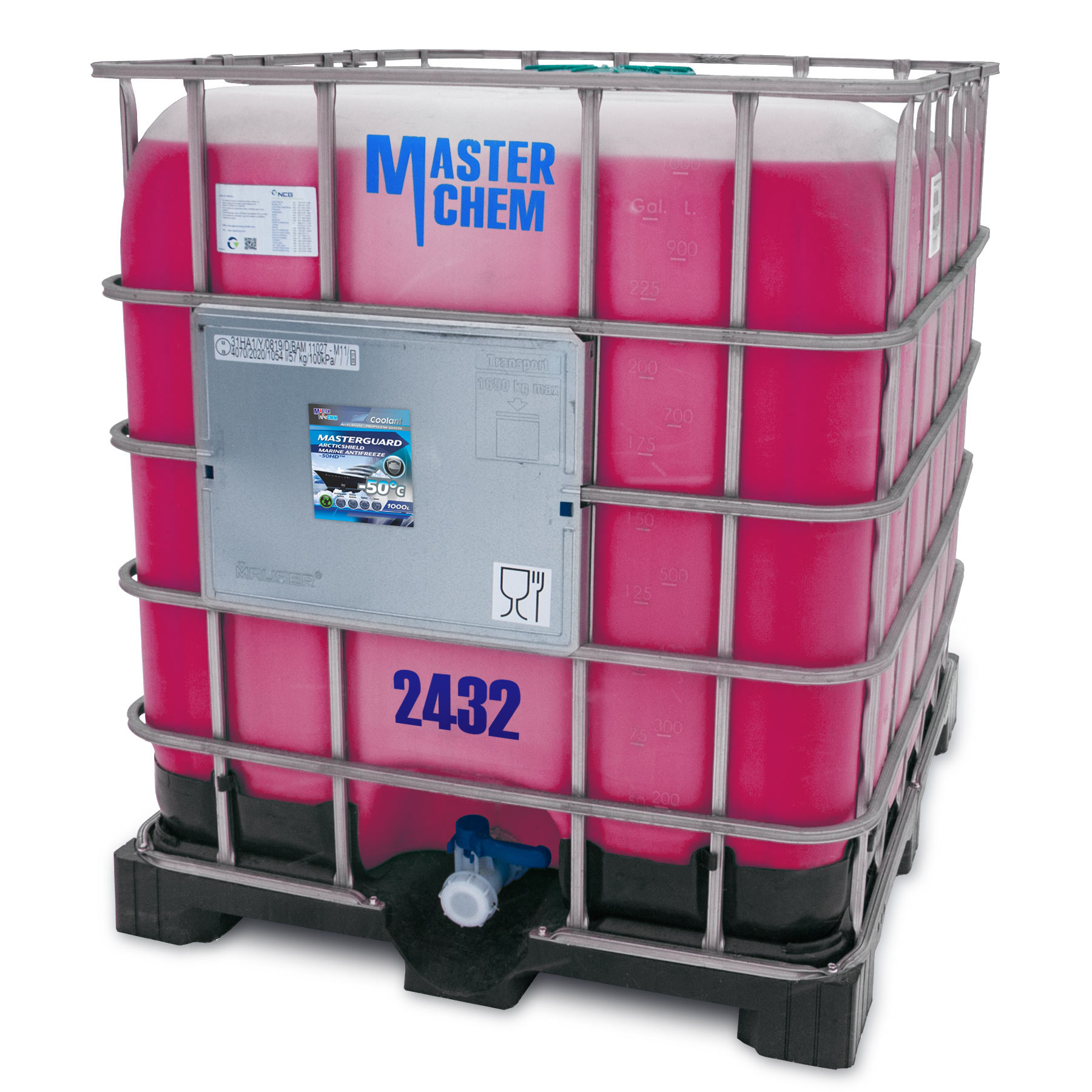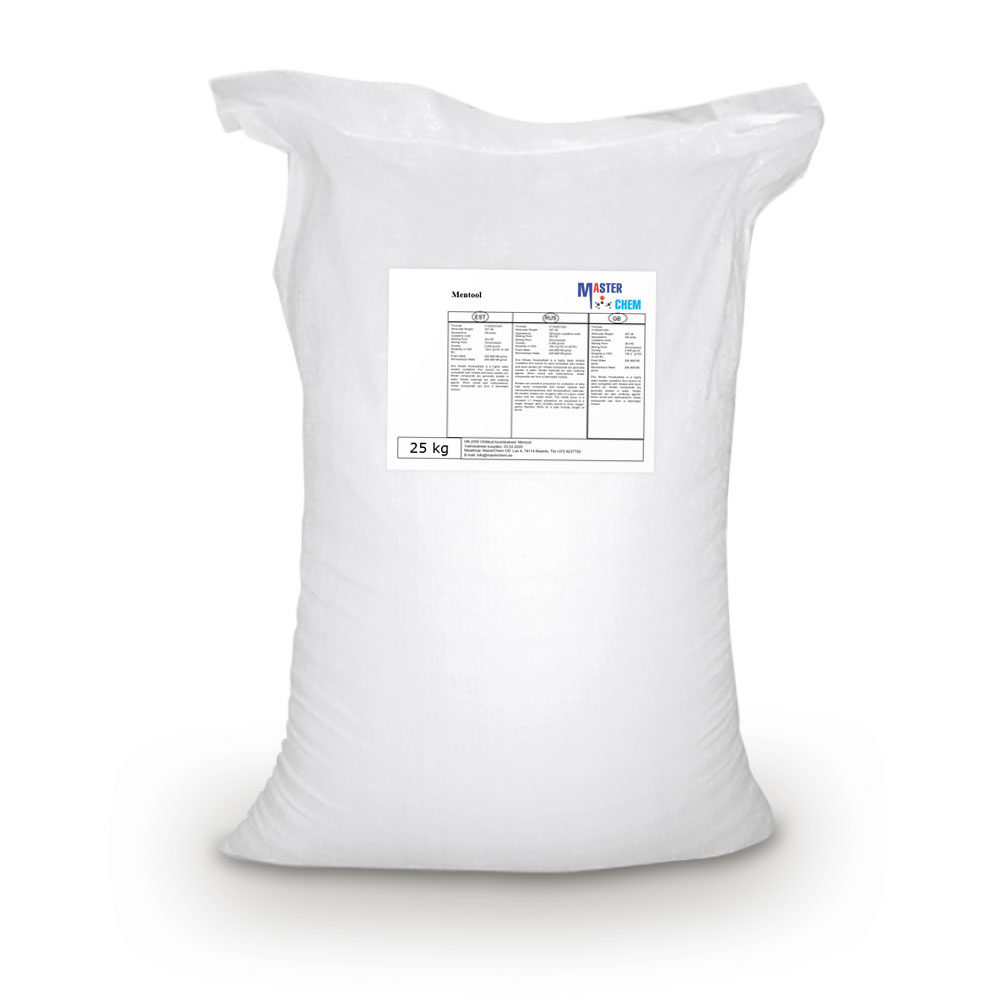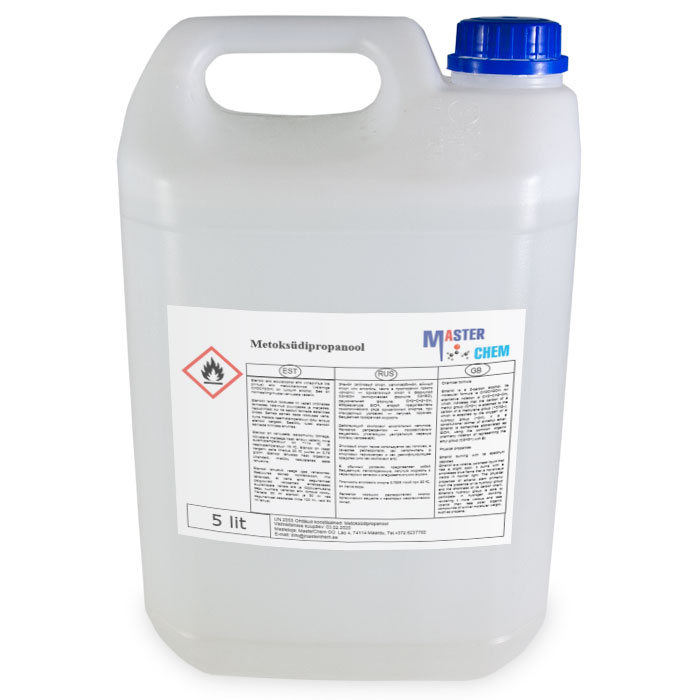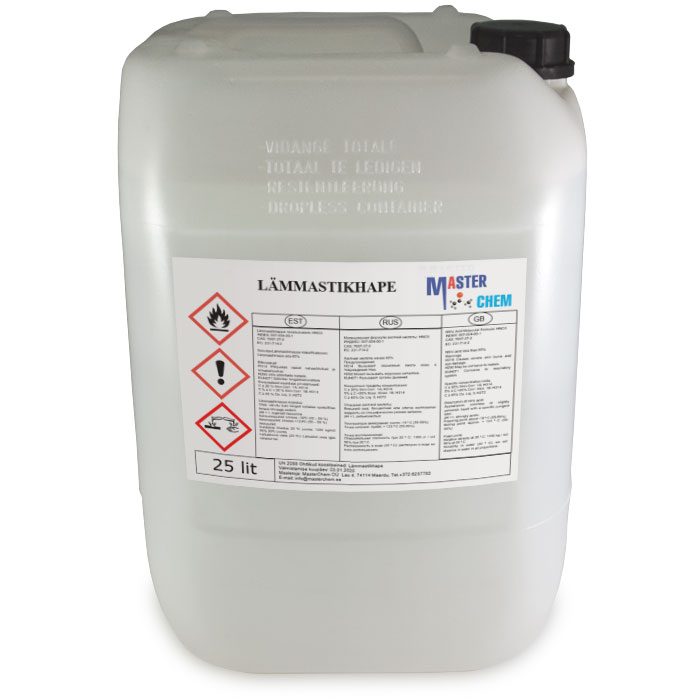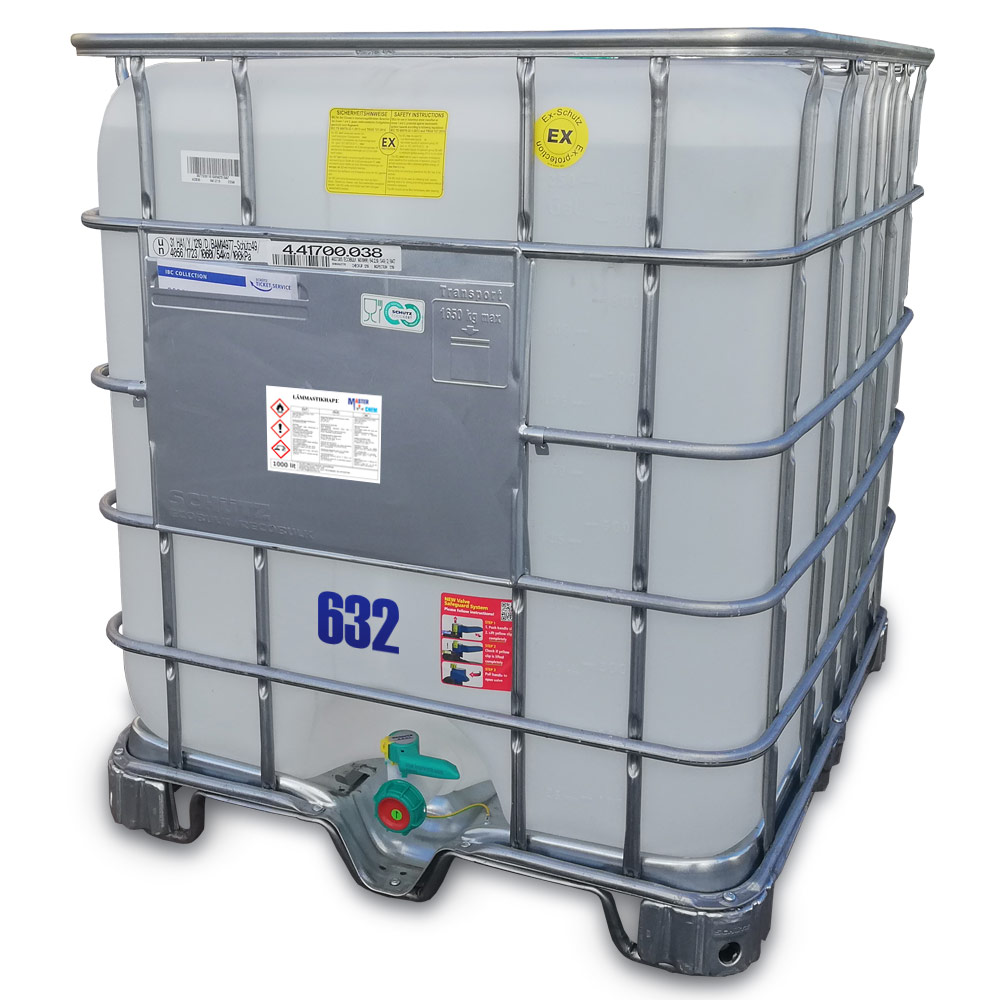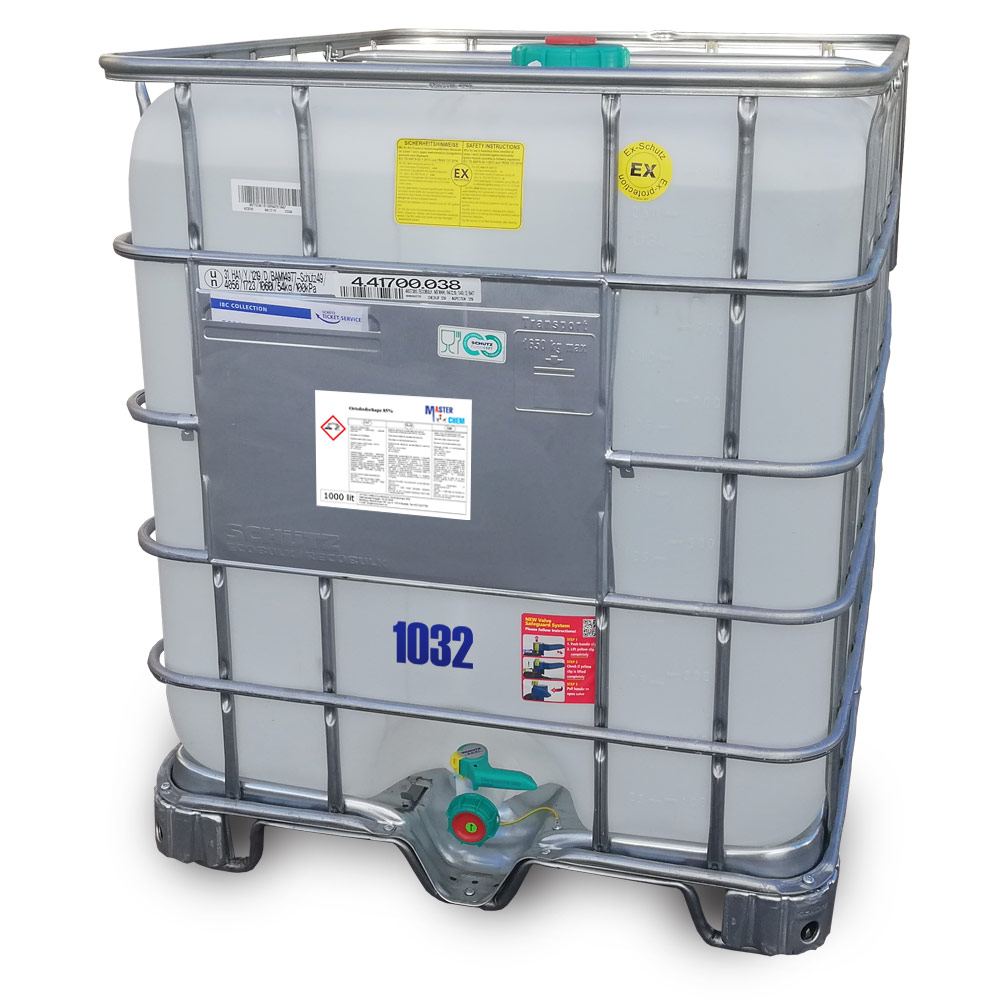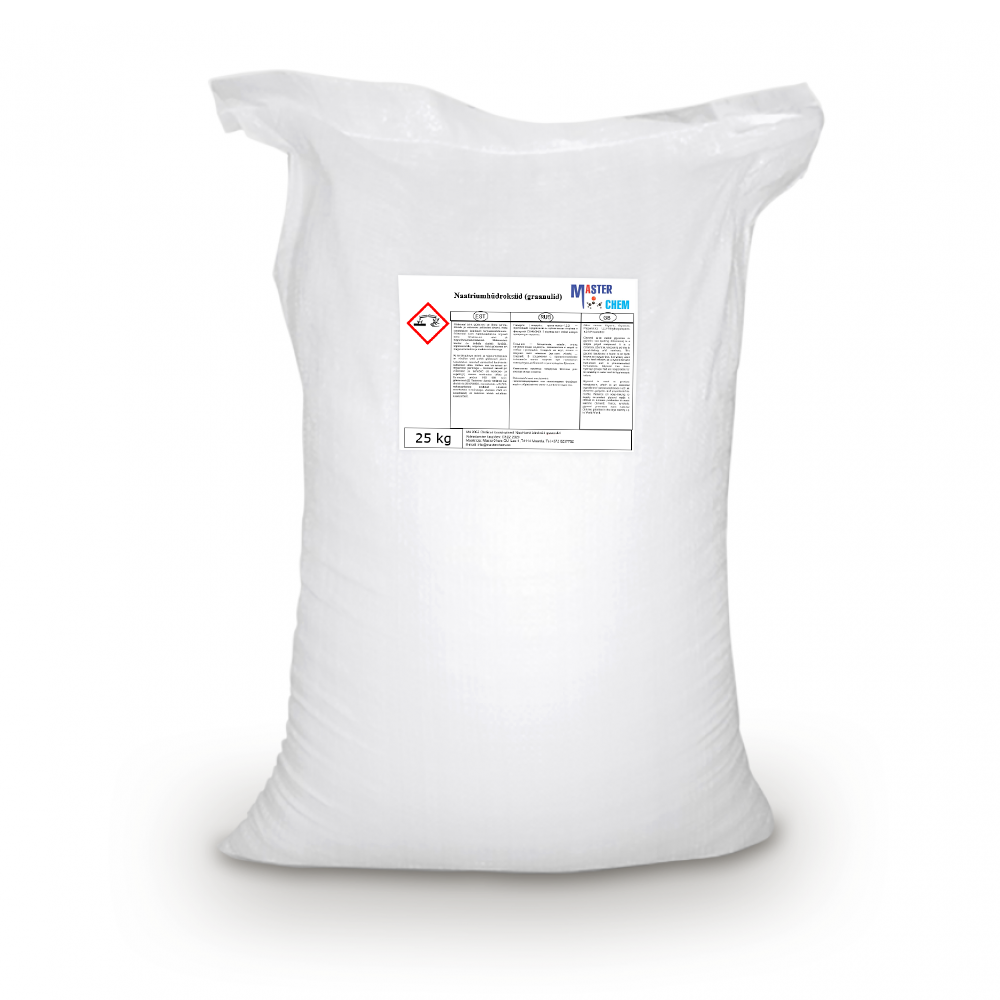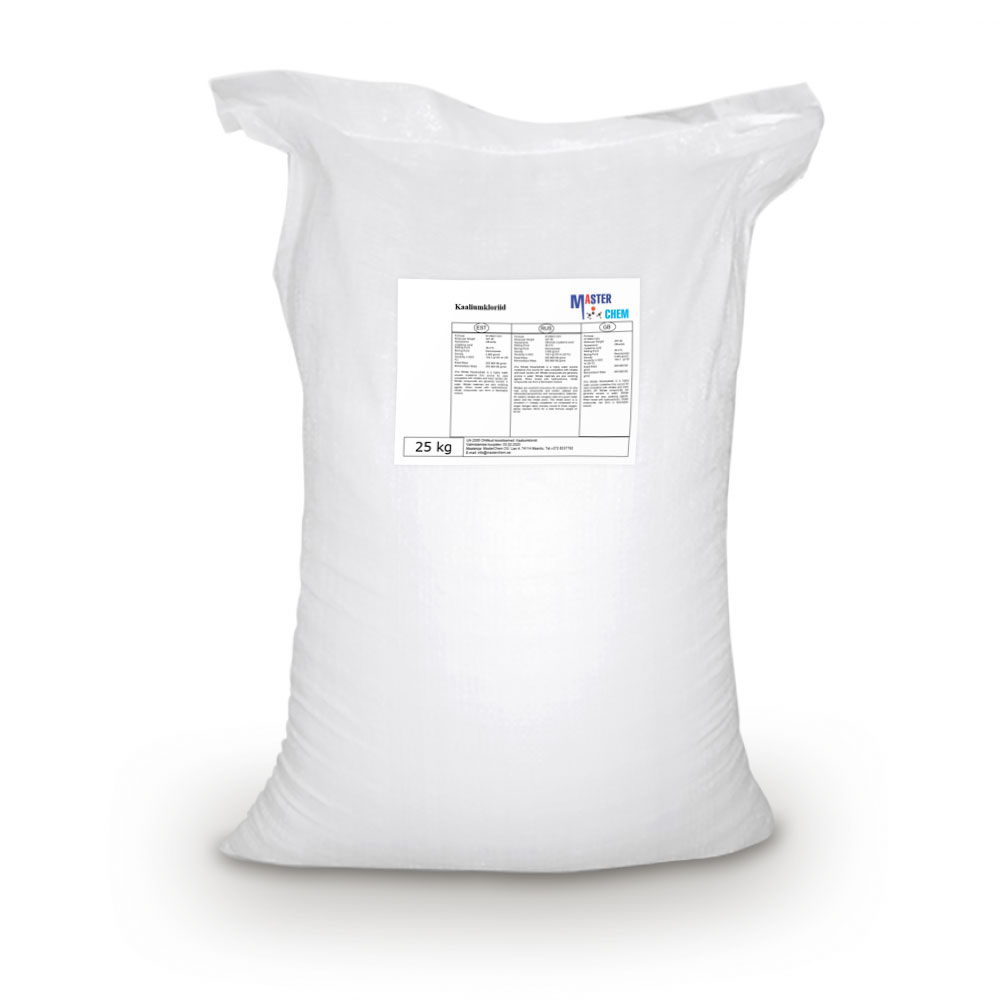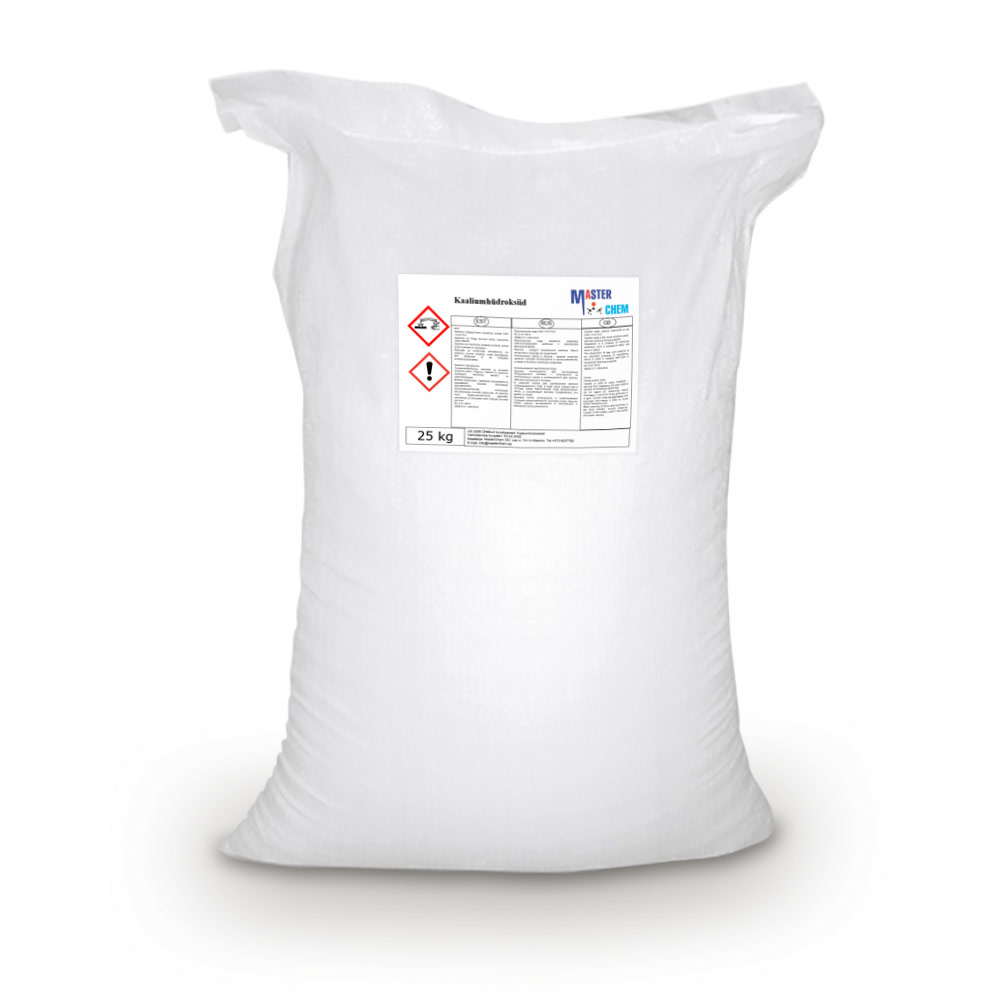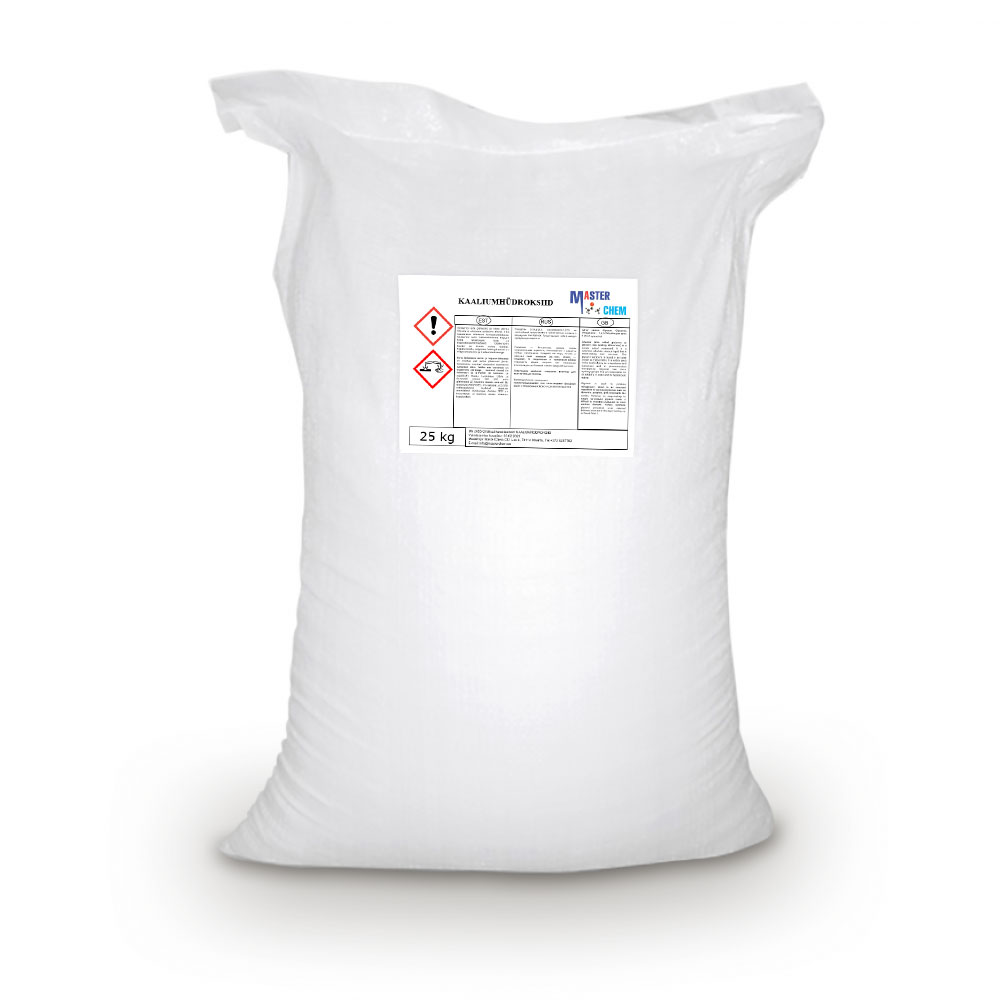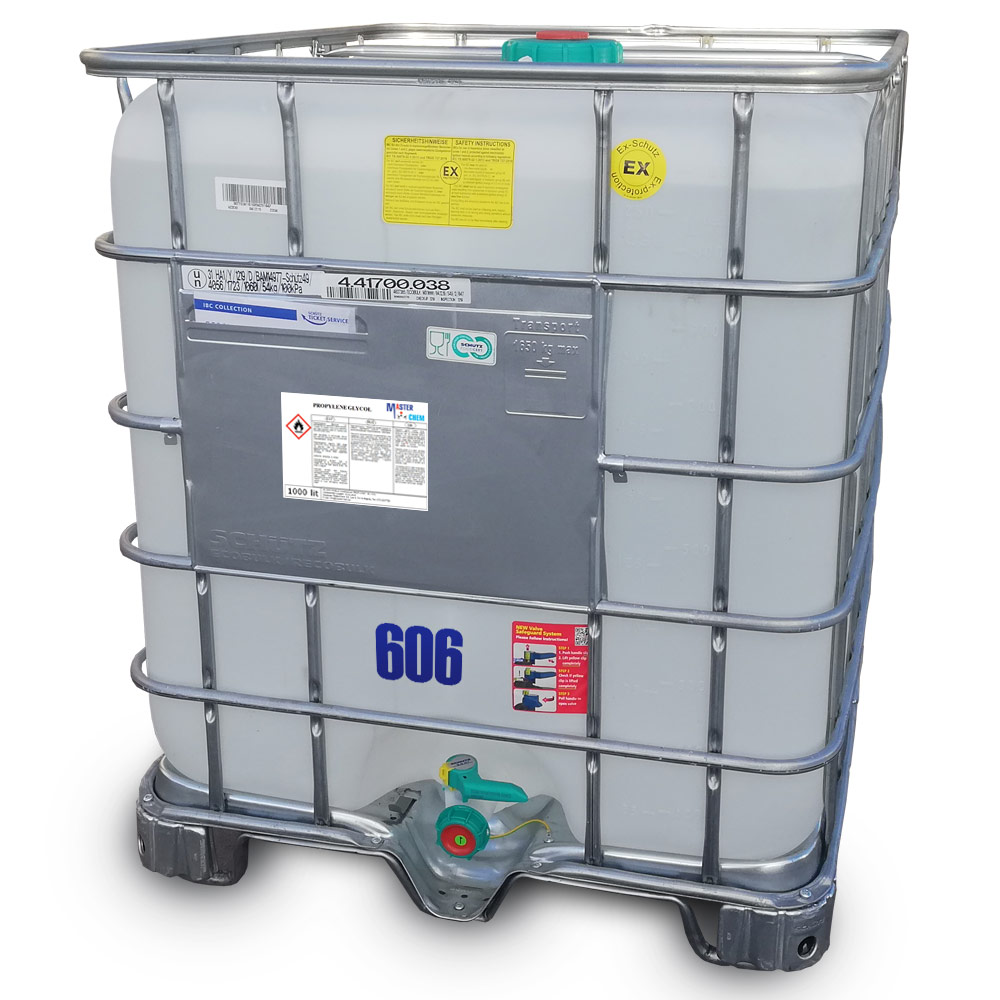Currently Empty: €0.00
MasterGuard ArcticShield Marine Antifreeze -50HD™
MasterGuard ArcticShield Marine Antifreeze -50HD™ is suitable for marine engines, both gasoline and diesel types. MasterGuard ArcticShield Marine Antifreeze -50HD™ is a high-quality extra-long-life cooling liquid designed for marine engines, offering superior protection against freezing in harsh marine environments with extremely cold temperatures. Formulated with propylene glycol and innovative corrosion inhibitors, it ensures optimal performance and longevity of boat engines. Uses carboxylate additive technology developed for highly effective system protection with maximum uptime in a wide range of operating conditions. This eco-friendly solution is non-toxic, making it safe for marine environments. Conforms to standards: ASTM D3306, ASTM D4985, ASTM D6210, SAE J1038, CAT EC-1, Cummins CES 14603, Detroit Diesel 7SE298, 93K217, Freightliner 48-22880, GM 1825/1899M/6277M, TMC RP329, Chrysler MS-7170, MS-9769, Ford WSS-M97B51-A1, WSS-M97B44-D, Mack Trucks CN H, 324.
MasterGuard ArcticShield Marine Coolant can also be used in boats and recreational vehicles (RVs), motorhomes, and caravans to protect the inboard engines, drinking water, and toilet systems against freezing.
MasterSeaSafe Marine Antifreeze-30PRO™
MasterSeaSafe Antifreeze-30PRO™ is designed specifically for marine engines, offering superior protection against freezing while being environmentally friendly. Its formulation is biodegradable and non-toxic, ensuring it does not harm marine life. Ideal for boaters who prioritize environmental conservation, MasterSeaSafe coolant ensures your engine runs smoothly in cold temperatures without compromising the ecosystem. This product represents a commitment to marine safety and environmental responsibility, making it an excellent choice for eco-conscious boaters looking for reliable engine protection. Do not damage products made of rubber, plastic, cast iron, steel, or aluminum alloys.
MasterSeaSafe Antifreeze-30PRO™ can also be used in boats and recreational vehicles (RVs), motorhomes, and caravans to protect the inboard engines, drinking water, and toilet systems against freezing.
Menthol (CAS 2216-51-5)
Menthol (CAS 2216-51-5)
Menthol is an organic compound, more specifically a monoterpenoid, made synthetically or obtained from the oils of corn mint, peppermint, or other mints. It is a waxy, crystalline substance, clear or white in color, which is solid at room temperature and melts slightly above.
The main form of menthol occurring in nature is (−)-menthol, which is assigned the (1R,2S,5R) configuration. Menthol has local anesthetic and counterirritant qualities, and it is widely used to relieve minor throat irritation. Menthol also acts as a weak κ-opioid receptor agonist.
Methoxypropanol (CAS 107-98-2)
Propylene glycol methyl ether (PGME or 1-methoxy-2-propanol) is an organic solvent with a wide variety of industrial and commercial uses. Similar to other glycol ethers, it is used as a carrier/solvent in printing/writing inks and paints/coatings. It also finds use as an industrial and commercial paint stripper. It is used as an antifreeze in diesel engines.
CAS: 107-98-2
Oxalic acid (ethanedioic acid) (CAS 144-62-7)
Oxalic (ethanedioic) acid) is a dibasic saturated carboxylic acid, which is a chemical substance in the form of colorless crystals, soluble in water, incompletely in diethyl and ethyl alcohol, insoluble in benzene, chloroform, petroleum ether.
Application
Oxalic acid and oxalates are used in the textile and leather industries.
metallurgical (for cleaning metals from scale, corrosion, rust, oxides);
chemical (in the manufacture of dyes, plastics, ink, pyrotechnics);
textile (as a mordant when dyeing wool and silk);
microscopy (for bleaching the sections);
agriculture (as an insecticide);
pharmacology;
woodworking;
cosmetology (as part of whitening creams, masks and serums);
analytical chemistry (for the precipitation of rare earth elements);
household chemicals (as a bleaching and disinfectant component of detergents).
In addition, the substance is used to create food additives and biologically active complexes (as a preservative)
CAS: 144-62-7
Potassium chloride (CAS 7447-40-7)
Potassium chloride (CAS 7447-40-7)
Potassium chloride (KCl, or potassium salt) is a metal halide salt composed of potassium and chlorine. It is odorless and has a white or colorless vitreous crystal appearance. The solid dissolves readily in water, and its solutions have a salt-like taste. Potassium chloride can be obtained from ancient dried lake deposits. KCl is used as a fertilizer, in medicine, in scientific applications, and in food processing, where it may be known as E number additive E508.
As a chemical feedstock, it is used for the manufacture of potassium hydroxide and potassium metal. It is also used in medicine, lethal injections, scientific applications, food processing, soaps, and as a sodium-free substitute for table salt for people concerned about the health effects of sodium.
It is used as a supplement in animal feed to boost the potassium level in the feed. As an added benefit, it is known to increase milk production.
It is sometimes used in solution as a completion fluid in petroleum and natural gas operations, as well as being an alternative to sodium chloride in household water softener units.
Potassium hydroxide (flakes) (CAS 1310-58-3)
Potassium hydroxide, Lye, Custic potash, KOH
Potassium hydroxide, also known as lye is an inorganic compound with the chemical formula KOH. Also commonly referred to as caustic potash. It is used in various chemical, industrial and manufacturing applications. Potassium hydroxide is also a precursor to other potassium compounds. Potassium hydroxide is used in food to adjust pH, as a stabilizer, and as a thickening agent.
In addition to the above uses, potassium hydroxide is also used in making soap, as an electrolyte in alkaline batteries and in electroplating, lithography, and paint and varnish removers. Liquid drain cleaners contain 25 to 36% of potassium hydroxide.
Potassium hydroxide (flakes/granules) (CAS 1310-58-3)
Potassium hydroxide is an inorganic compound with the formula KOH, and is commonly called caustic potash.
Along with sodium hydroxide (NaOH), this colorless solid is a prototypical strong base. It has many industrial and niche applications, most of which exploit its caustic nature and its reactivity toward acids. An estimated 700,000 to 800,000 tonnes were produced in 2005. KOH is noteworthy as the precursor to most soft and liquid soaps, as well as numerous potassium-containing chemicals. It is a white solid that is dangerously corrosive. Most commercial samples are ca. 90% pure, the remainder being water and carbonates.
CAS: 1310-58-3
Potassium nitrate (CAS 7757-79-1)
Potassium nitrate (CAS 7757-79-1)
Potassium nitrate is a chemical compound with the chemical formula KNO3. It is an ionic salt of potassium ions K+ and nitrate ions NO3−, and is therefore an alkali metal nitrate. It occurs in nature as a mineral, niter (or nitre in the UK). It is a source of nitrogen, and nitrogen was named after niter. Potassium nitrate is one of several nitrogen-containing compounds collectively referred to as saltpetre (or saltpeter in North America).
Major uses of potassium nitrate are in fertilizers, tree stump removal, rocket propellants and fireworks. It is one of the major constituents of gunpowder (black powder). In processed meats, potassium nitrate reacts with hemoglobin and myoglobin generating a blue color.
Propylene glycol (CAS 57-55-6)
Other names: Propylene glycol, 1,2-propylene glycol, propane-1,2-diol
Propylene glycol (specifically 1,2-propylene glycol; chemical name propane-1,2-diol) is a chemical substance diols. Its chemical formula is C3H8O2 o HO–CH2–CHOH–CH3.
The substance is used, for example, in aircraft aviation to protect the fuselage from icing and in food as a moisture preservative. (E1520).
CAS: 57-55-6

